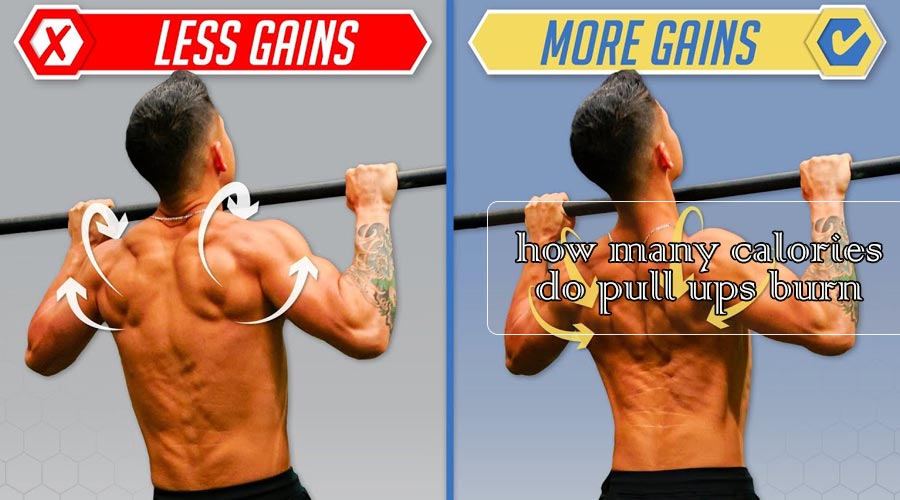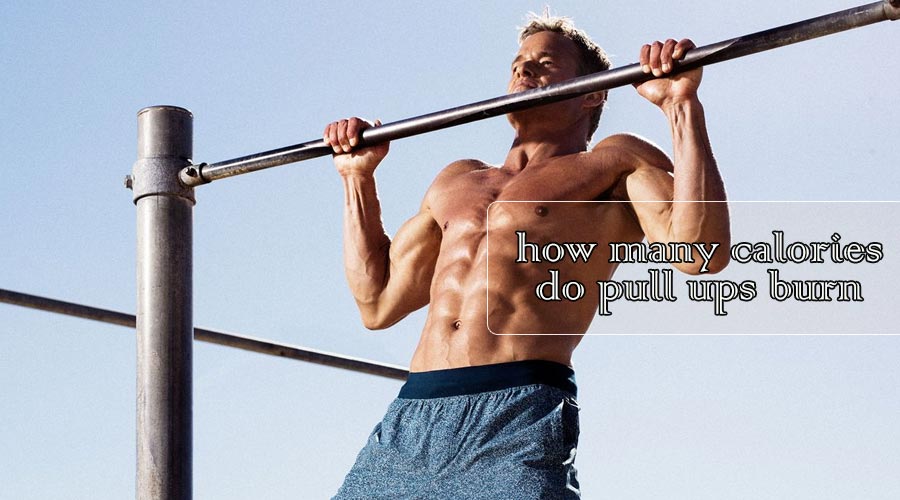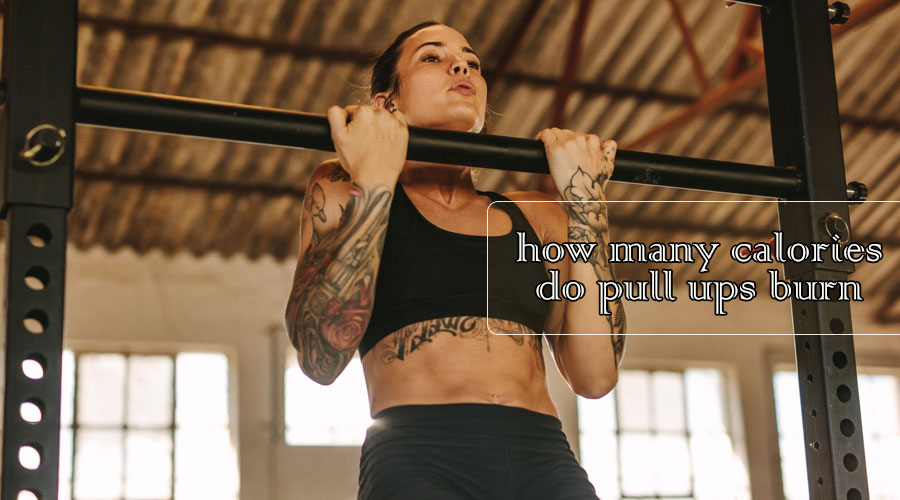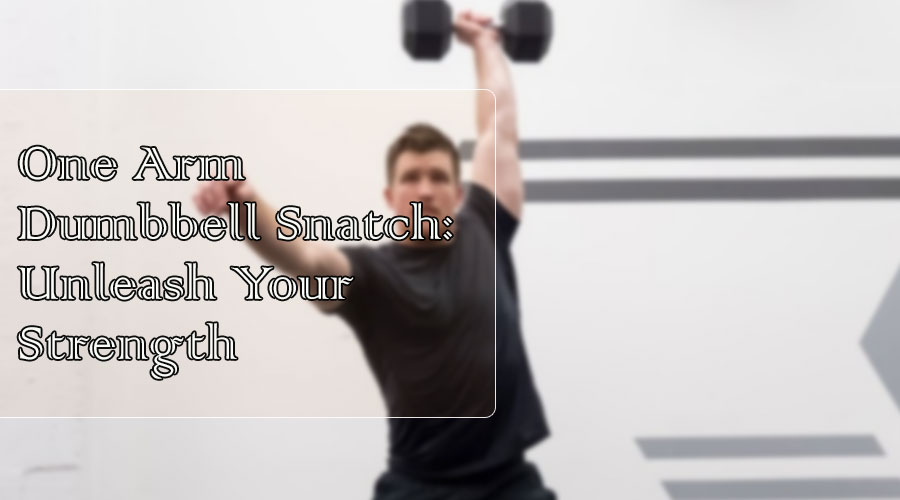Exercise and physical activity are important for overall health and wellness. For those looking to build strength and muscle, pull ups are a great form of exercise. But how many calories do pull ups really burn? This article explores the calorie-burning benefits of pull ups and offers tips on how to maximize the number of calories burned while performing this exercise. It also looks at other variables such as intensity, frequency, and body weight that can affect the number of calories burned through pull ups.
What are Pull Ups?
Pull ups are a type of strength training exercise that helps build upper body and core strength and muscle. This exercise is done by gripping the pull up bar with both hands, then pulling your body up until your chin is above the bar. Pull ups require arm, back, shoulder and abdominal muscles to be activated in order for you to complete one repetition.

In addition to being an effective method for strengthening upper body muscles, doing pull ups can also help improve posture and enhance joint stability in the shoulders, hips and ribcage areas. The activity also serves as a great way to work out while challenging yourself mentally and physically at the same time. Furthermore, pull ups have been known to increase flexibility because they involve going through a full range of motion with each rep; this makes them an excellent option for those looking to improve their fitness routine.
Muscles Used in Pull Ups
Pull-ups are an excellent exercise for building upper body strength and toning the muscles used in the movement. When performing a pull-up, several different muscle groups are activated to support the movement and create stability in the body. The main muscle engaged during a pull-up is the latissimus dorsi, which is located on the back of your shoulders. This muscle helps to bring your arms up behind you when you lift your body up towards the bar. Additionally, the trapezius muscles located at your shoulders help to maintain stability during this motion and provide more power when pulling yourself up towards that bar. Other muscles such as biceps, triceps, abdominals, deltoids and rotator cuffs all contribute to creating balance while completing a pull-up with good form.
Benefits of Pull Ups
Pull ups are a popular exercise that can provide many benefits to those who perform them. One of the primary benefits of doing pull ups is that they can help build strength in your arms, back, and core muscles. Additionally, this exercise engages your entire body which helps to improve overall fitness levels. Pull ups also require a great deal of coordination and balance, so performing them regularly can improve motor skills and coordination as well.
Another benefit of pull ups is that they do not require any equipment or special facilities to do. This makes it an ideal workout for people who don’t have access to a gym or other areas where more complex exercises may be performed. Furthermore, because you can choose how much weight you want to lift with pullups, it’s possible for anyone from beginners to experts to work out with this exercise and still get a good workout no matter their current strength level.
Calories Burned Per Pull Up

The pull-up is a great exercise to burn calories and stay fit. The number of calories you can burn doing pull-ups depends on your own body weight and the number of repetitions you do. On average, an individual weighing around 150 pounds could potentially burn 4.5 calories per repetition when doing pull-ups. As your body weight increases, so do the number of calories burned with each pull-up – for example, someone who weighs 200 pounds might be able to burn as much as 6 calories per repetition during a pull-up session.
In addition to burning more calories due to body weight, there are other factors that can affect the effectiveness of a single pull-up in terms of calorie burning. For example, performing more repetitions per set will help you to burn more calories than doing fewer repetitions. Also, the faster that you can perform a pull-up, the more calories you burn.
Factors Affecting Calories Burned
There are a variety of factors that can affect how many calories one burn while doing pull-ups. One of the most important variables is the individual’s body composition and weight. Heavier individuals tend to burn more calories during a certain amount of time, while lighter people may not burn as much. Additionally, the intensity at which one does their pull-ups can have an impact on calorie expenditure. Higher-intensity movements such as explosively completing each repetition or using an additional weight with a weighted vest will help increase caloric output. Furthermore, the speed at which one completes their set also affects calorie-burning capabilities; slower reps may not expend as much energy whereas faster repetitions can help create more of a metabolic response and increased calorie-burning potential. Finally, rest periods between sets should be taken into consideration; longer rest periods often lead to higher levels of energy expenditure due to increased recovery requirements between sets.
The Intensity of the Exercise
Pull-ups are intense exercises that can benefit you in numerous ways. From improving your musculature to boosting your grip strength, pull-ups offer a range of physical benefits. With this workout, you use your body weight and gravity to move up and down from a stationary bar. This unique exercise requires both upper body and core strength to complete one repetition.
You start the movement by gripping the bar with your hands slightly wider than shoulder-width apart, then slowly lifting yourself off the ground until your chin is above it. You must remain tight throughout the entire movement or risk straining certain muscles. The amount of contraction required during each rep makes this exercise more intense than other upper-body workouts like push-ups or bench presses; however, it also makes pull-ups extremely effective for building muscle definition and improving posture.
Body Weight and Repetitions

Pull-ups are an essential exercise for anyone looking to get in shape and build strength. They are a full-body exercise that involve primarily your upper body and core, but you also use your legs and feet to help support your weight while doing the pull-up. Furthermore, they involve multiple repetitions of pulling yourself up with your arms until the top of your head reaches over the bar. As such, pull-ups become increasingly more difficult as one increases the number of repetitions.
When it comes to pull-ups, it is important to focus on proper form in order for them to be effective. This means ensuring that all parts of the body, from shoulders down to toes, remain tight throughout each repetition. Additionally, when doing pull-ups, one should pay attention to how much weight they are working against by controlling their speed because too much momentum may reduce the effectiveness of each rep.
Frequency of Exercising Pull Ups
When it comes to pull-ups, frequency is key. Pull-ups are excellent upper-body exercise that helps build strength and endurance. The recommended frequency for pull-ups varies depending on the level of strength you have, but generally speaking, doing a set of 5-10 reps 3 times a week should get desired results. However, if you want to take your workout further and see significant gains in muscle mass and power then increasing the number of sets or increasing rest periods between sets can help to further challenge your muscles and assist with gains in strength.
It is also important to remember that proper form when performing pull-ups is just as important as frequency. Doing too many repetitions without proper form can easily lead to injury, so be sure to focus on good posture throughout each rep and don’t sacrifice form for more reps during each set.
Variations to Increase Calorie Burn
Pull-ups are a great upper-body exercise but many people don’t realize the variations you can do to increase calorie burn and get more out of the workout. There are numerous pull-up variations that will help to target different muscles within your arms, back, chest, and core. Incorporating these modifications into your routine is an easy way to challenge yourself and build strength faster.
Take the commando pull-up variation for example; this one requires you to move quickly between an alternating arm grip and then again when transitioning into each rep. This means that more muscles are worked at once, increasing both intensity and caloric output during the exercise. Another great option is the wide grip pull up which targets more of your back muscles than a traditional style pull-up would as well as strengthening your wrist stabilizers which in turn increases overall stability in other exercises too.
Tips to Maximize Calorie Burn

Pull-ups are a great way to work out your upper body and maximize calorie burn. They’re simple, yet effective in helping you reach your fitness goals. If you’re looking to get the most out of pull-ups and maximize calorie burn, here are some tips that can help. First off, focus on proper form throughout each rep – this helps to target specific muscle groups and ensure that each pull-up is both efficient and effective. Additionally, try increasing your rep count – if you usually do 10 reps, aim for 12 or 15 instead. This will increase the intensity of the workout as well as helps to burn more calories overall. Finally, use a variety of grips when doing pull-ups – not only does this help keep things interesting but it also engages different muscles which leads to an even better calorie-burning session!
Alternatives to Pull Ups
There are many alternatives to pull-ups that can be used to burn calories and increase fitness levels. One of the most effective exercises is running – it has a wide variety of speeds, distances, and terrains to choose from that can challenge any fitness level. Running is also an excellent way to build muscle strength in the legs, core, and arms while burning plenty of calories. Additionally, incorporating interval training into a running routine by adding bursts of higher intensity between slower runs will further amplify calorie-burning benefits.
Another way to burn calories without utilizing pull-ups is swimming; this low-impact exercise provides an effective cardio workout without putting strain on joints like other exercises such as running or jumping would. Swimming can help build muscle endurance while providing an intense calorie-burning session due to the constant resistance provided by being submerged in water.
Conclusion: Get Fit with Pull-Ups!
In conclusion, pull-ups are excellent exercises for a full-body workout. From the chest and shoulder muscles to the back and arms, pull-ups provide a great foundation for building strength and flexibility. Not only that but they can also be adapted to any fitness level or body type so that anyone can reap their benefits. With proper form and technique, anyone can achieve their fitness goals with pull-ups as part of their routine.
Pull-ups not only make fitness more accessible for all levels, but they are also incredibly efficient as exercise. In just one session of pull-ups, you can target multiple muscle groups without having to take up too much of your time or energy. This makes them perfect for those who want to stay fit, but don’t have a lot of extra time on their hands.
Frequently Asked Questions (FAQ)
How do I start Pull Ups?
To start, it is important to build your strength by doing exercises like push-ups or bent-over rows. This will help you develop the necessary muscles for a successful pull-up. Additionally, using an assisted pull-up machine can provide support as you practice the movement and gradually increase your reps. It is also helpful to use spotters when beginning pull-ups so they can provide assistance when needed. Finally, make sure to practice proper form while doing each rep in order to prevent injury and get the most out of every workout session.
How many pull-ups can I do in an hour?
The number of pull-ups you can do in an hour depends on several factors, including your current level of physical fitness and conditioning. If you’re new to this type of exercise, it is likely that your performance won’t be as good as someone who has been doing them for years. Additionally, if you have any pre-existing injuries or health conditions, these may affect how many reps you can manage in an hour.
What are the best exercises for pull-ups?
The most basic form of a pull-up is an overhand grip—hands facing away from you—on a bar. This type of exercise is great for targeting muscles in the back, arms, shoulders, and chest. A chin-up variation offers similar benefits but with added emphasis on biceps development due to its pronated (palms facing towards you) grip on the bar.



